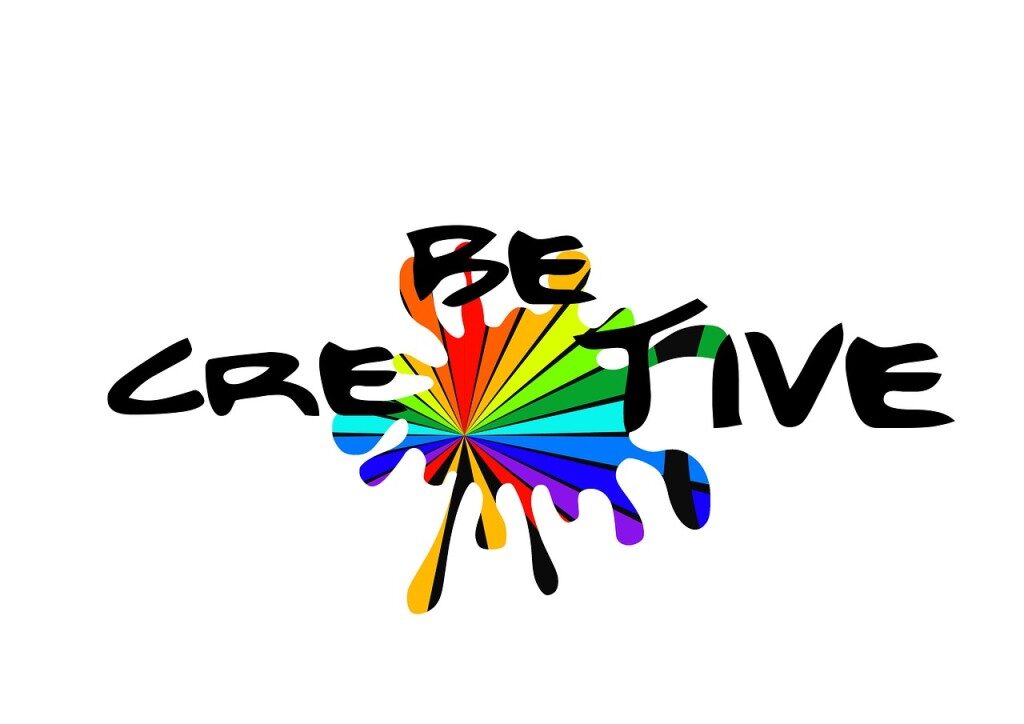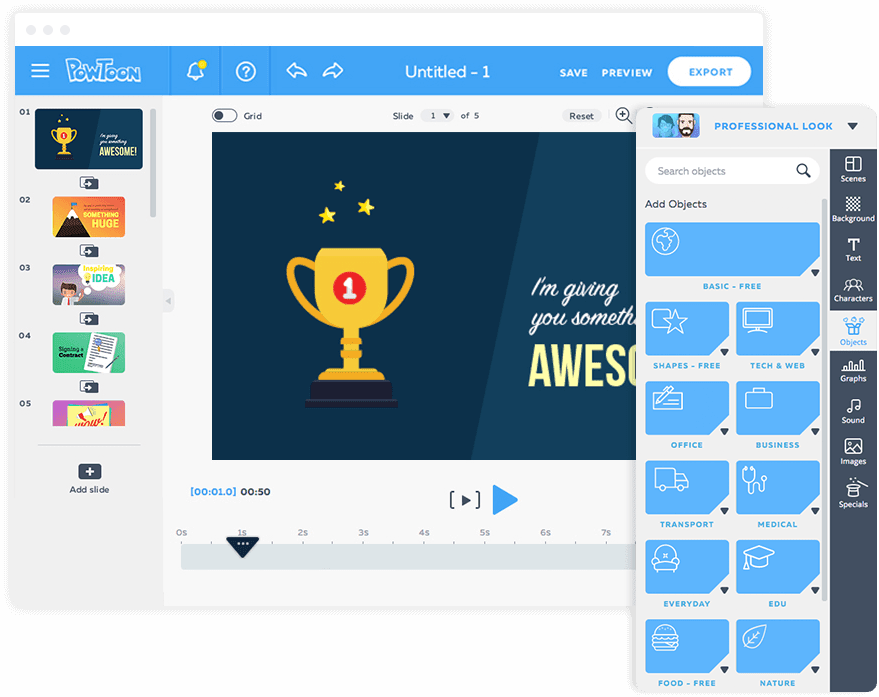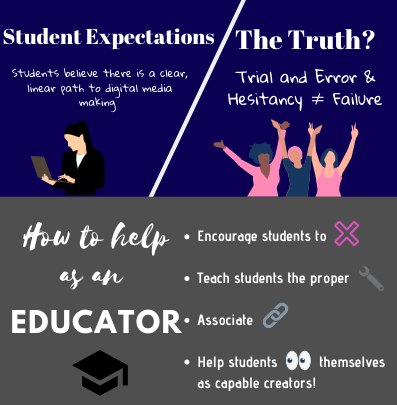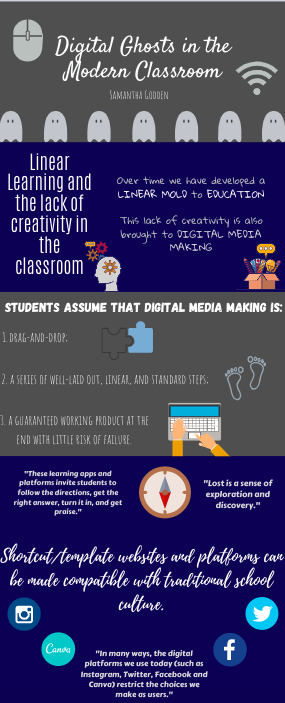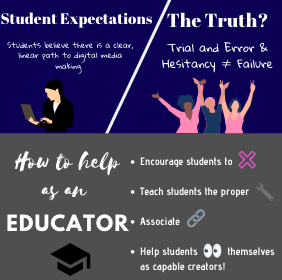I engaged with Ashley Hincks article: “Digital Ghosts in the Modern Classroom.” I decided to create a Powtoon to demonstrate the main ideas portrayed in Ashley Hincks article.
Essentially, Hincks article aims to criticize the current digital pedagogy represented in school. She states that most students are only aware of the template/shortcut platforms, which consists of basic step-by-step, drag and drop methods in order to receive that guaranteed working final product at the end. However, these platforms remove the need for creativity for students to truly express themselves. Hincks also relates this method of digital technology to the way the students are taught in school; that students learn through following the steps. Essentially, the students create the product the teacher wanted and that in turn counts as the right answer. The students never really have the opportunity to express their creativity and they become accustomed to the “one correct answer” type of mindset.

I would have to agree with Hincks statements, as throughout my educational experience teachers would also prompt us to use the basic programs for assignments. For instance, I believe that 90% of my projects that needed to be handed in were either, pencil and paper, or typed on the computer using a Microsoft word document or PowerPoint for a presentation. We rarely had the opportunity to create and design our own projects to demonstrate our knowledge on a topic or issue. Personally, I didn’t mind the basic platforms and templates because I was accustomed to using them and I knew how to work them well but I also agree that this did not require much creativity on my part.
To be truthful, I understand that it is important for students to be able to have the opportunity to be creative and to express themselves in different ways but I believe that that would have put extra stress on me as an adolescent. Even today, I am not very technologically savvy and I feel that if the teacher instructed us to use a multimedia platform that we weren’t used to in order to create something with very little instruction that I would have been lost and stressed as a result. Now, if I were introduced at a young age to discover and create things on my own without much instruction I believe that I would have adapted to this. Even today, with this project, I felt lost at first because I wasn’t even sure where to begin. Although, I am not disagreeing that moving away from the template and shortcut methods is a bad thing, in fact I agree whole heartedly that creativity should be pushed throughout school to give students the opportunity to think and create on their own but I do believe this should be introduced at a young age.
Next, although it was challenging at first, I really enjoyed working with Powtoon. I am proud with the way my video turned out although the only downside was that I had to make my video less than three minutes long, which meant I had to cut some information from my reflection out. I also noticed one thing that I did not like about the platform. I do not like the fact that when you were writing text you were not able to change the size, font or color of one word in the text. Therefore, you had to create a whole separate text box to do so and then you would have the trouble of trying to time it to show up right after the previous text. Besides this one thing, I believe that the program was easy enough to use. The platform did involve a lot of “drag and drops” but I found that it did allow you to be creative in the sense that you got to decide how the material would be viewed in video format and you were able to change just about anything in the video.
Lastly, I believe that when I begin to teach that I will be incorporating this creative platform into my lessons. I thoroughly enjoyed creating the video and felt a sense of pride when it was completed, even if it wasn’t exactly how I’d picture it to be. I want my students to feel the same sense of accomplishment and pride when doing assignments in my classroom. I even noticed that I’ve been introducing creativity into my lesson plans for other classes without really realizing it until I looked it over. Looking back I realized that that is exactly how I want my teaching career to be; to add an element of creativity into every assignment the students are required to do.
I hope you enjoy my video!
Jessica Landgraff


